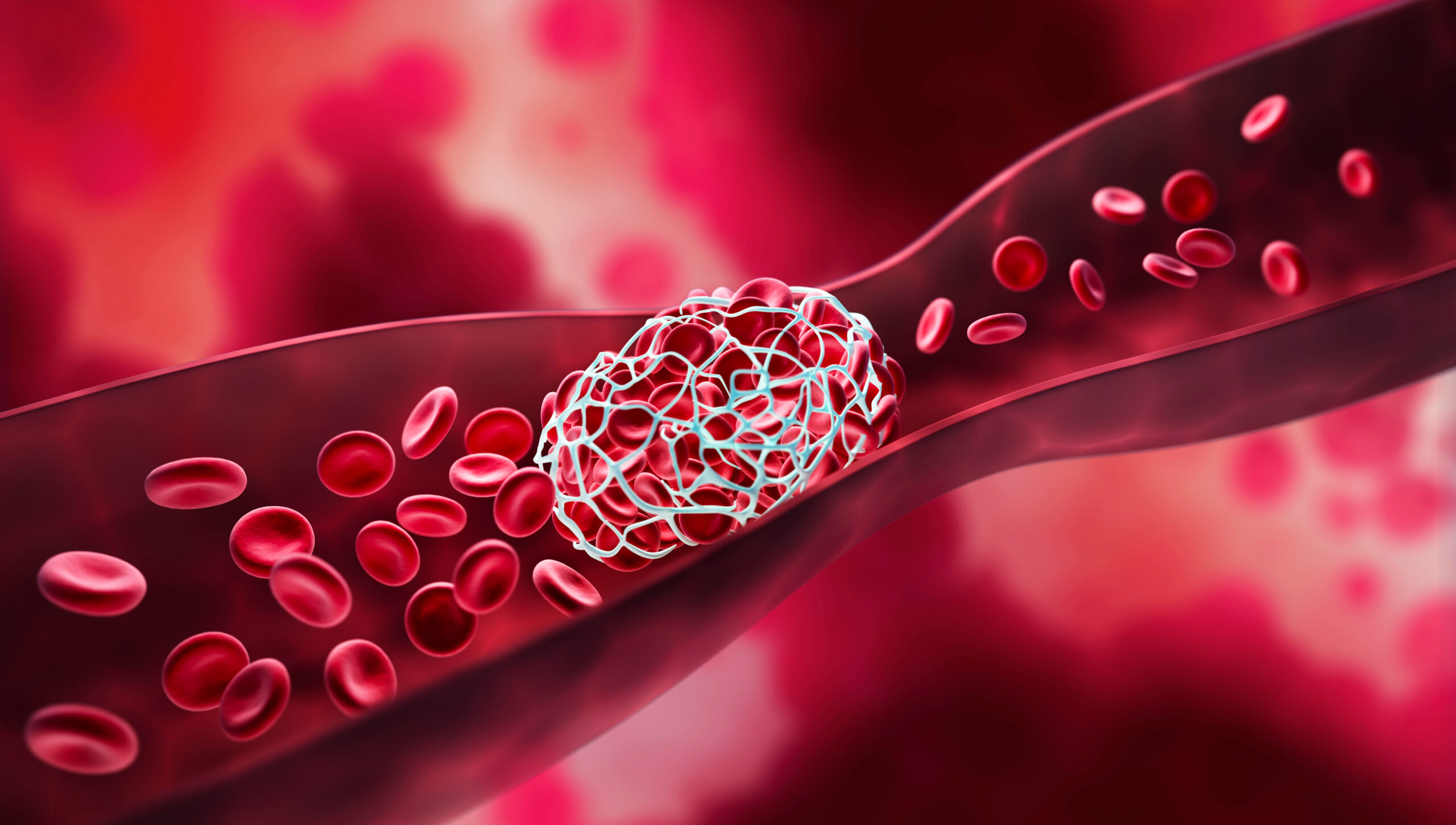5 Common Causes of Swollen Legs + An Alarming One
The term “Swollen Legs” is a multitasker. It refers to a variety of conditions that all revolve around one commonality: Fluid build-up (But more on this later).
Regardless of the exact condition, swollen legs can be a sign of substantially worse problems waiting for you down the road. Not to mention the discomfort you might be bearing right now. Symptoms like swelling, stiffness, numbness, and tingling are just the start. In severe cases, the skin becomes stretched, ulcers appear, and difficulties standing and walking become prevalent.
Swollen legs can sneak up on you. After all, we’re always going somewhere—Always doing something—and it can be easy to brush off the little things. However, it won’t be easy to brush off the big ones.
Here are some common causes of swollen legs:
- Fluid Build-Up
- Prolonged Sitting or Standing
- Injury or Trauma
- Blood Clots
- Venous Insufficiency
- Heart Failure
Fluid Build-Up and Swollen Legs
The technical term for fluid build-up is “Edema.” It’s a condition characterized by an excess of watery fluid collecting in the tissues and cavities of your body. This watery fluid is just that: Water. Well, for the most part. It varies based on which underlying condition caused it and often contains blood plasma, interstitial fluid (The fluid that surrounds your cells), and other proteins.
What can complicate edema, even more, is how skin does not swell with it; it’s your tissue beneath the skin that swells, not the skin itself. Your skin is forced to stretch and make room for it. This causes a range of secondary symptoms that lessen the quality of your life just as much as the edema does. Things like dryness and itching are precursors to ulcers and sores.
Temporary fixes for swollen legs caused by fluid build-up are limited. Not to mention, they’re reactive. Not proactive. These don’t prevent swollen legs. They only alleviate the symptoms, things like massages or elevating the legs.
Fluid build-up is a big deal and is often at the core of most other conditions involving swollen legs.
Prolonged Sitting or Standing
It’s been said before, here at Wellness and Pain, “The human body was made to move.” When you don’t move enough, issues arise. Prolonged periods of sitting or standing can cause swollen legs. They impede the normal flow of blood and fluids throughout your body. Whether you experience leg swelling after sitting at a desk all day or tired legs from standing all day, what comes down must go up… Or was it the other way around?
Anyway, your heart is always working, always sending blood down your extremities, and trying to pull it back up. When you move, this is easy. When you don’t, the flow of blood and fluid in the legs becomes impeded, which causes fluid to accumulate in those tissues and cavities. Your legs can become achy and tired. They can feel painful and heavy.
Temporary fixes for swollen legs caused by prolonged sitting or standing include movement and exercise. Compression stockings also help alleviate swelling. Again, these are only after the fact.
Swollen Legs from Injury or Trauma
Even if you don’t suffer chronically from swollen legs, you can still be susceptible to them. Anyone can.
Acute injury or trauma to your legs can damage the lymphatic system and blood vessels—Your lymphatic system is the network of organs and vessels throughout your body responsible for aiding your immune system. It also drains lymph (The colorless fluid containing white blood cells that coats your tissues) into your bloodstream. So, pretty important.
Inflammation can trigger greater blood flow and fluid leakage in the affected area, resulting in more swelling. More swelling can mean more inflammation. And so on. In worst cases, blood clots can form, either partially or completely halting the flow of blood in that area. However, just because blood stops flowing doesn’t mean fluids stop leaking. It only gets worse.
Temporary fixes for swollen legs caused by injury and trauma can be tricky. Applying ice or a cold compress can help. So can rest. Of course, seek help from a healthcare professional.
Blood Clots
Though blood clots can have various causes, from pre-existing conditions to injury or trauma, they often result in a shared symptom: Swollen legs (More specifically the affected leg). A blood clot (Thrombus) is a gel-like clump of blood that is typically the last step in coagulation. These are good when they occur in the right places. A vein is not one of them.

They block the flow of blood, causing fluid to accumulate and pressure to build. The affected area and surrounding tissues can swell, become discolored and warm, and radiate pain. Your veins can become visibly enlarged.
IMPORTANT: Blood clots are serious, and they have no temporary fixes. You must seek medical attention immediately, as blood clots in your legs can be potentially life-threatening.
Venous Insufficiency and Swollen Legs
“Venous insufficiency” might sound like a complicated term. It’s not. Let’s break it down. “Venous” simply refers to your veins, and “Insufficiency” is the same as “Inadequate” or “Lacking.” It means the veins in your legs aren’t quite what they used to be.
Normally blood is circulated through your heart and into the rest of your body. Your legs actually have valves within their vessels that assist in re-circulating that blood back to your heart. After all, that’s a long way to travel against gravity—Think of them as little pit stops. As time passes, they can wear out, not working the same. Blood and waste products that need to be filtered begin to accumulate in your legs. Soon, you may notice your legs are swollen, fatigued, and feel abnormally heavy.
As with swollen legs caused by blood clots, there is no temporary fix for venous insufficiency. The problem is too far gone. You may alleviate symptoms, but medical attention is required.
Bonus: Heart Failure
Yes, heart failure. It sounds like a serious thing, and that’s because it is. Thankfully, it doesn’t solely refer to your heart suddenly stopping. It refers to your heart being unable to pump effectively. If your heart can’t pump effectively, it can’t pull all that blood and waste from your legs.
This can lead to stasis (Pooling of blood) in your legs, causing them to swell and feel tight or heavy. It’s not always the case, but swollen legs can certainly be an early sign of heart failure.
A while back, The National Library of Medicine put out an article on the warning signs and symptoms of heart disease. In it, they say, “Swelling (edema) in your lower legs is another sign of a heart problem. When your heart doesn’t work as well, blood flow slows and backs up in the veins in your legs. This causes fluid to build up in your tissues. You may also have swelling in your stomach or notice some weight gain.” (Warning signs and symptoms of heart disease: Medlineplus Medical Encyclopedia)
A Permanent Fix for Swollen Legs
So yeah, the term “Swollen Legs” is a multitasker. With so many causes, conditions, and concerns, it can be easy to get lost in the sea of temporary fixes. It can be treated after the fact, right? They’re only symptoms. But what happens when you’ve treated them so many times you don’t know what else to do? What happens when the symptoms become too far gone? What if there are no temporary fixes?
With so much on the line, it’s important to know there is a solution right for you. There’s a healthcare specialist waiting who can get to the root of your symptoms. You don’t have to troubleshoot anymore, and you don’t have to treat after the fact. No more guessing. There is a swollen legs treatment that works.











